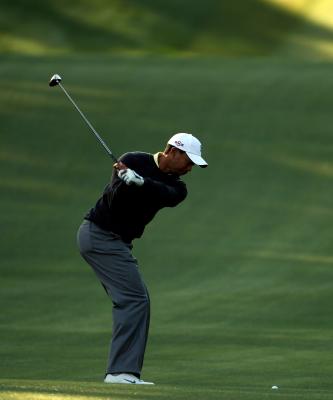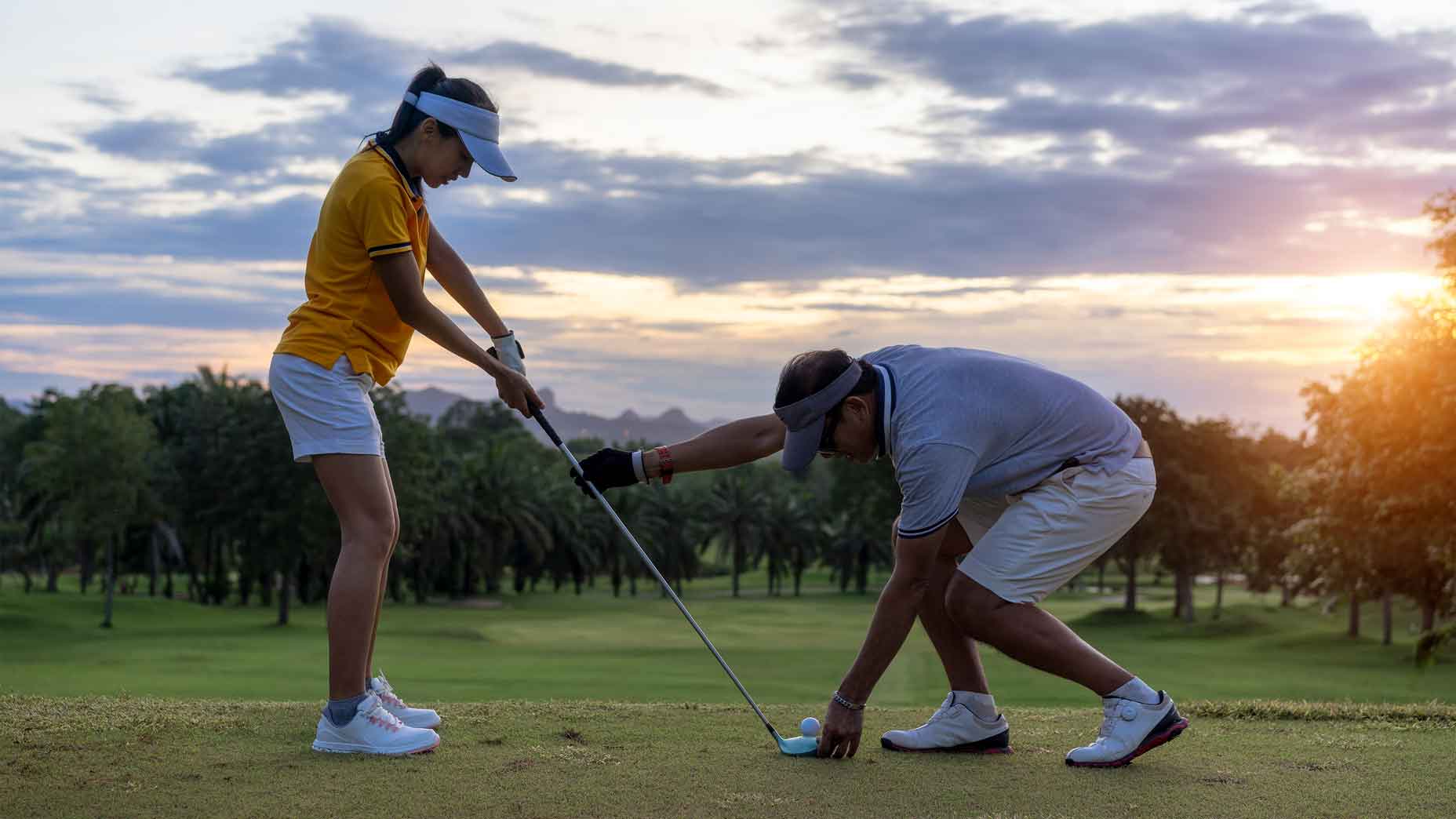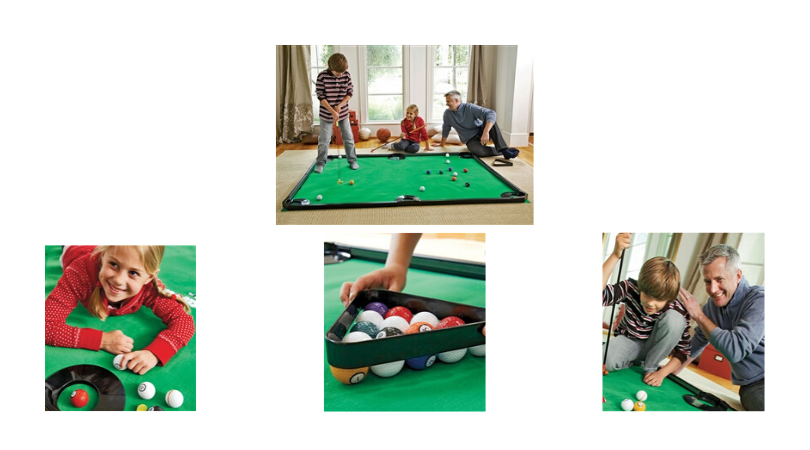
You aren't the only one who has ever wondered how to score in match-play golf. This form of competition is a popular variant of stroke play, with each hole won resulting in points for the team or player. Match play counts the hole won by each player or team. It does not count the number of strokes that a player makes over multiple rounds of 18-holes. These are some tips to win a match play tournament.
Match play is a head-to-head competition between two golfers
Although stroke play can have its advantages, match play is far simpler. Head-to head matches determine the winner based on the lowest score of a round. It is easy for players to score every hole because they don't have to keep track. Match play does not require lengthy rounds. Players are able to start a round at their leisure.
While playing a round of match play, golfers should focus on the game at hand and not on the opponents. The best way to focus is to plan every shot in advance. The other way they can focus is to plan every shot in advance. They should try to win every hole in the match. They can, however, adjust their game plans if they aren't in control.

It is a variant on stroke play
There are many different rules between stroke play and matching play golf. Both games have similar rules, but stroke play players are permitted to make concessions or recall their strokes. In match play, the rules are different and players can't give or get advice from their opponent. Match play is governed by different rules, so players who break these rules could face penalties. Match play golf can be more challenging than stroke play. It is a popular option for tournaments.
Stroke play is about getting the ball in the hole with as few strokes as possible. This type of golf does not count the shot until the hole has been completed. The winner is the player with the lowest gross score. Gimmies are used by many recreational golfers to find the shortest possible putts. Gimmies can be a useful strategy in golf that can help you win.
It is played during amateur tours
Match play on the amateur tour is an alternate shot format where both teams compete. Mass Golf keeps difficult golf courses in great condition, so match play is common. It is important for players to keep their eyes on the game and not lose sight of the goal. Focusing too much attention on your opponent is a mistake when playing match-play. Instead, focus on your game and make pars. This can lead to many surprises.
The allocation of handicapstrokes is one distinction between match play and stroke. In match play, each hole is assigned an HDCP rating. This rating is indicated on the scorecard by a row, such as in Fig. 1. Player A will then give Player B four strokes for holes that have HDCP rating of 1 to 4. Player B will take one stroke off each hole that has a HDCP rating higher than four. The hypothetical match will include holes 4, 10 and 7, on the amateur tour.

It is played in the NET format
In match play golf, the players compete against each other and attempt to win more holes than their opponent. Each player is responsible for hitting their own golf ball on each hole. After each hole, the scores of the players are compared. The player with the lowest score is declared the winner. If the scores are equal, they are not awarded any points. This format is increasingly popular. Match play golf can be played in many different ways.
With a match play format, average golfers can experience the thrill of competitive golf. The most significant benefit to match play is that a single bad hole can not completely ruin an entire round. Nick Lomas is the founder of GolfSpan and has more 15 years of coaching and playing experience. This format has many advantages, he explains. You can read more about match play golf. Match play is a great way to compete with family and friends.
FAQ
What does a ball of golf look like?
The majority of golf balls are made out of rubber or plastic. Its surface has dimples which make it bounce when hit.
How is golf scored?
The scorecard can be divided into four categories: Stroke play, Par 3, 4 and 5. Each category can further be broken down into strokes. To achieve par, a player must complete 18 of 72 holes (Par 72).
The lowest score wins.
How do I learn to play golf?
Golf is a skill that takes practice and time. You can improve your game by practicing. Here are some tips:
-
Regular practice is important. Golf requires constant concentration and attention. You will not improve your skill level if you don't practice enough.
-
Play with people who can play. Playing with others helps you to develop your own style.
-
Before you start playing, make sure to read up on golf. This will help you get a sense of the things you should work on.
-
Don't try to master everything all at once. Start by focusing on one aspect of your game. One example is to work on your putting and chipping skills. Once you feel confident in this area, move on to another part of your game.
-
Take lessons. Take lessons to learn how to position yourself, swing speed, posture, and many other important aspects.
-
Try new techniques. Experiment with new grips and stances.
-
Keep records. Keep track of where you are at. You can then see your strengths and weaknesses.
-
Join a local Golf Club. There are many clubs that offer free lessons. Many clubs offer free lessons and have helpful members who are willing to help newcomers.
-
Get a coach. A professional coach will be able to provide guidance on specific areas of your game.
What type of clubs should you use?
There are many different types of clubs. A driver is a heavy-metal club that allows players to hit the ball farther. Other clubs include wedges and woods as well.
Woods, which are longer clubs, allow players the opportunity to be as close to a pin as possible without having to make a shot. They are commonly used for long drives, approaches, and even putting.
Irons are shorter clubs, which are made to allow players to hit the ball closer towards the pin. They are often used for short-distance shots such as putting and chipping.
Wedges are specialized clubs used to control flight paths of the ball. These are used to direct shots that require precise direction.
Putters are small clubs designed to roll the ball towards the cup. Players use them to make short putts.
What type of shot do you want to make determines the type of club that you choose. Different types of shots are better served by different clubs.
Drivers can help you hit the ball further than expected. Wooden are great for driving the ball over long distances. Irons are excellent for short shots. Wedges are great at controlling the ball's flight. Putters are great for rolling the ball into a hole.
Statistics
- Buying a set of Titleist or Taylor-Made irons for nearly $1,000 is simply not necessary and likely a waste of money. (golficity.com)
- In the United States, women made up 25 percent of golfers in 2021, which was up from 19 percent in 2011, and junior female golfers account for 35 percent or 1.1 million golfers.[50] (en.wikipedia.org)
- Professional golfers typically make between 60% and 70% of greens in regulation. (en.wikipedia.org)
- They do this by means of assessing and rating courses according to the average good score of a "bogey golfer," a player with a handicap of around 20. (en.wikipedia.org)
External Links
How To
How do you play better golf in windy conditions?
Golf is an outdoor sport played in open spaces and on well-kept grassy fields. It is a very popular sport. There are many kinds of golf courses in the world. They range from public parks and private clubs. Indoor golf can also be played, such as in shopping malls or indoor arenas. Each hole has a number of holes where players have to hit the balls. Each hole has a fairway rough, fairway, fairway, green, hazards (e.g..water), and rough. Depending on the type of shot, players can use a driver or wedge, long iron, putter or long iron. The rules of the course may require players to carry the balls a specific distance before they hit the green, or they may simply have to drop them in the cup. There are many factors that affect how a golfer hits the ball when playing outside. These include temperature, humidity and visibility.
There are two main types, crosswinds & headwinds. Crosswinds blow right to left, while headwinds blow right to left. If the wind blows toward the golfer it means that he/she hits against the wind. But if it blows away from him/her it will mean that he/she hits with the wind. Playing golf in a strong wind is much harder because the ball tends to fly higher and further. This makes it harder for the player controlling the ball's trajectory. To compensate for these effects, players try to keep the club face perpendicular to the ground. They strike it in a way that makes it contact the ball fully and maximizes its power. However, even though the ball flies lower in stronger wind, it travels farther due to increased air resistance.
Golf in the wind is a skill that requires practice. As mentioned above, the wind affects the flight path of the ball. The wind affects the flight path of the ball. A skilled golfer will always be aware of this. He/She would adjust the swing to compensate so that the ball can be hit cleanly and with minimal energy. Another important factor to consider is the location of the wind. Wind does not travel in the same directions. For example, the breeze coming off the ocean is usually very light, but it is often stronger near the shoreline. The wind blows the closest to the ground, in the same way. Golfers should pay close attention to wind direction and intensity because of these factors.
Golf in the wind is a constant adjustment process. It is important to be aware of the wind and adjust your swing accordingly. Learn how to read the winds and adjust your swing accordingly.